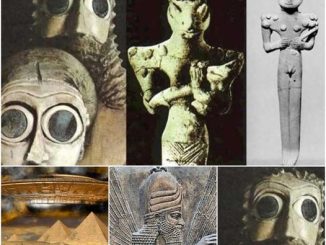The Battle of Towton, fought on 29 March 1461, during the War of the Roses, was a terrible and decisive conflict in English history. Archaeological excavations at Towton have revealed a mass grave containing the remains of soldiers who died in battle. Analysis of these medieval skeletons provides insight into the exceptionally brutal nature of this confrontation. The injuries suffered by the soldiers were terrible and showed the brutality of the war. Medieval weapons commonly used during the Wars of the Roses, such as swords, war hammers, battle axes and maces, were responsible for severe injuries. Fractured skulls, severed limbs and shattered bones were common findings, indicating the sheer power with which these weapons were used.
The intensity of the fighting at Towton can be attributed to a number of factors. First, both sides are deeply immersed in a fierce power struggle, which makes them even more determined to win at all costs. Additionally, the conditions of the battlefield were harsh, with heavy snow and strong winds reducing visibility and mobility, leading to brutal close-quarters and hand-to-hand combat. The scale, brutality, and political significance of the Battle of Towton make it a grim testament to the brutality of medieval warfare.


